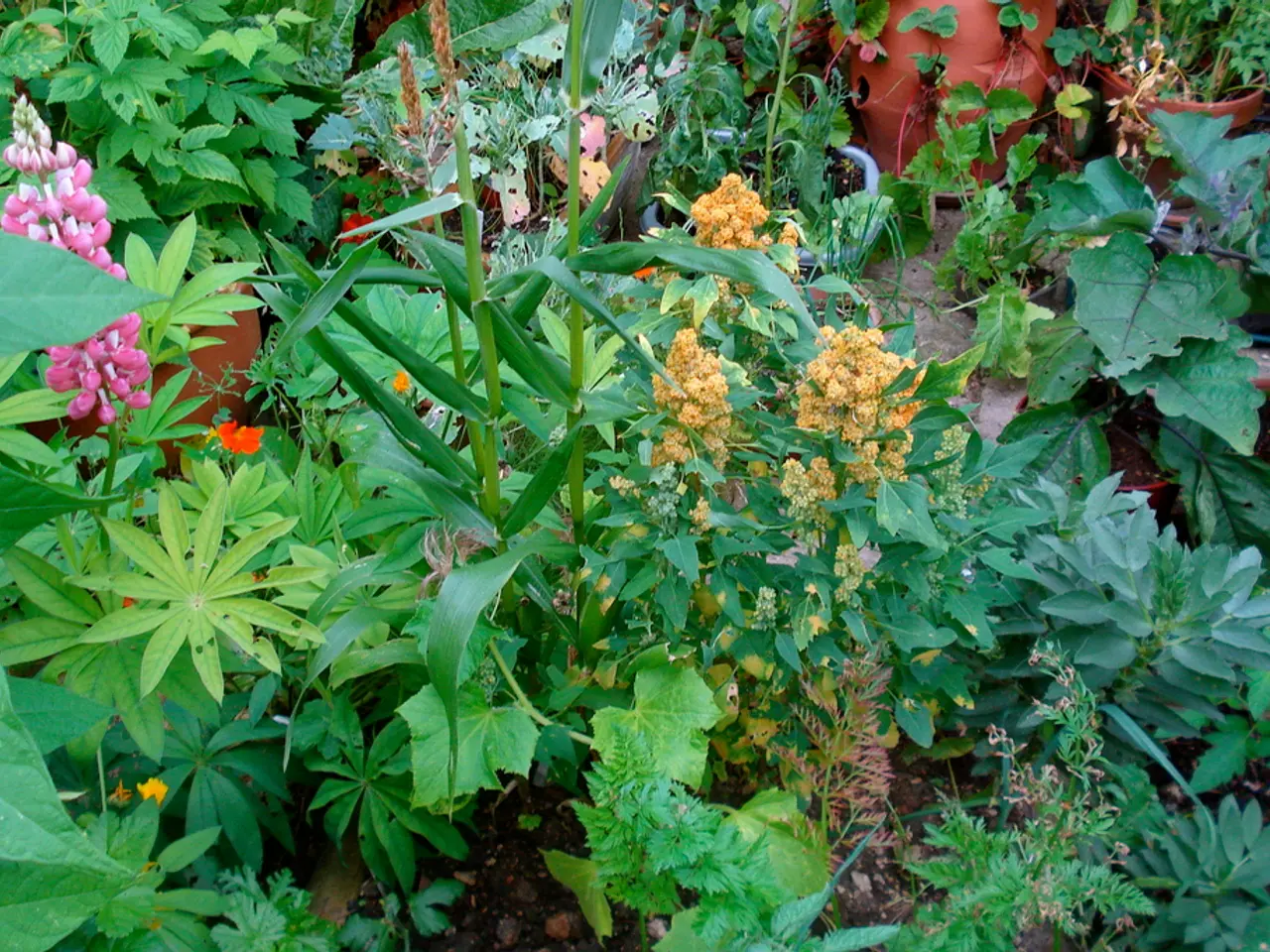Indigenous Healing and Learning Sites: Native American Therapeutic and Educational Grounds in Canada
Medicine Wheel Gardens are popping up in remarkable places across Canada, from small towns and rural communities to universities and hospitals. These intentionally designed spaces, with circular paths, stones, and plants arranged to mark each direction, are more than just gardens—they are living classrooms and healing centres rooted in Indigenous knowledge and tradition.
At the heart of each Medicine Wheel Garden lies the medicine wheel, an ancient Indigenous symbol representing the Circle of Life or the Sacred Circle, divided equally into four parts that correspond to the directions (east, south, west, north). Each direction symbolizes important life aspects, natural elements, and values.
The four sacred medicines—tobacco, sage, sweetgrass, and cedar—are commonly planted in these gardens. Each has unique teachings and roles in ceremony. Tobacco, considered the most sacred, is offered in prayer and as a sign of respect. Sweetgrass, used for purification and as an offering, symbolizes kindness. Sage is burned in smudging rituals to cleanse spaces and people of negative energy. Cedar is valued for its protective qualities and is used in baths and teas for healing.
Medicine Wheel Gardens serve a variety of purposes. They provide spaces for healing, meditation, grief, celebration, and reconnection. Spending time in these gardens can lower stress, improve mood, and speed physical recovery. They are powerful teaching tools, especially for young people, where they can learn about Indigenous history, values, and science.
In educational institutions like the University of Manitoba's Indigenous Student Centre, Medicine Wheel Gardens are used to teach Indigenous perspectives on ecology, medicine, and cosmology. In hospitals, medicine wheel symbolism is incorporated into gardens to support patient healing, cultural inclusion, and holistic care.
As communal spaces, Medicine Wheel Gardens foster gatherings, ceremonies, and cultural celebrations that strengthen social ties and intergenerational knowledge transfer. They create respectful partnerships between Indigenous and non-Indigenous communities, supporting mutual understanding and reconciliation.
In broader Indigenous cultural revitalization efforts across Canada, Medicine Wheel Gardens embody the resurgence of Indigenous knowledge systems, environmental stewardship, and sovereignty. They are living symbols of resilience, cultural continuity, and hope for future generations.
By walking the paths of these gardens, we are invited to slow down, listen, and remember that every plant and stone has a story worth telling. These gardens blend traditional Indigenous teachings with modern scientific understanding, acting as living laboratories demonstrating the enduring value of ancient knowledge in addressing today's environmental and health challenges.
- The medicine wheel, a central element in Medicine Wheel Gardens, symbolizes the Circle of Life and Sacred Circle, divided into four parts representing different aspects of life, natural elements, and values.
- Native plants like tobacco, sage, sweetgrass, and cedar are commonly cultivated in these gardens due to their unique medicinal purposes and respectful roles in ceremonies.
- These gardens function as therapeutic spaces, offering opportunities for healing, meditation, and reconnection, beneficial for stress reduction, improved mood, and faster physical recovery.
- In an educational setting, medicine wheel gardens serve as powerful tools to teach Indigenous perspectives on ecology, medicine, and cosmology, fostering intergenerational knowledge transfer and greater cultural awareness.
- In hospitals, these gardens incorporate the medicine wheel symbolism to support healing, cultural inclusion, and holistic care, extending beyond traditional medical treatments to address patients' emotional, social, and spiritual well-being.
- As communal spaces, Medicine Wheel Gardens promote gatherings, ceremonies, and cultural celebrations that build stronger social bonds, facilitate knowledge exchange, and bridge the gap between Indigenous and non-Indigenous communities, working towards reconciliation and preservation of Indigenous knowledge systems, environmental stewardship, and cultural sovereignty in Canada.




